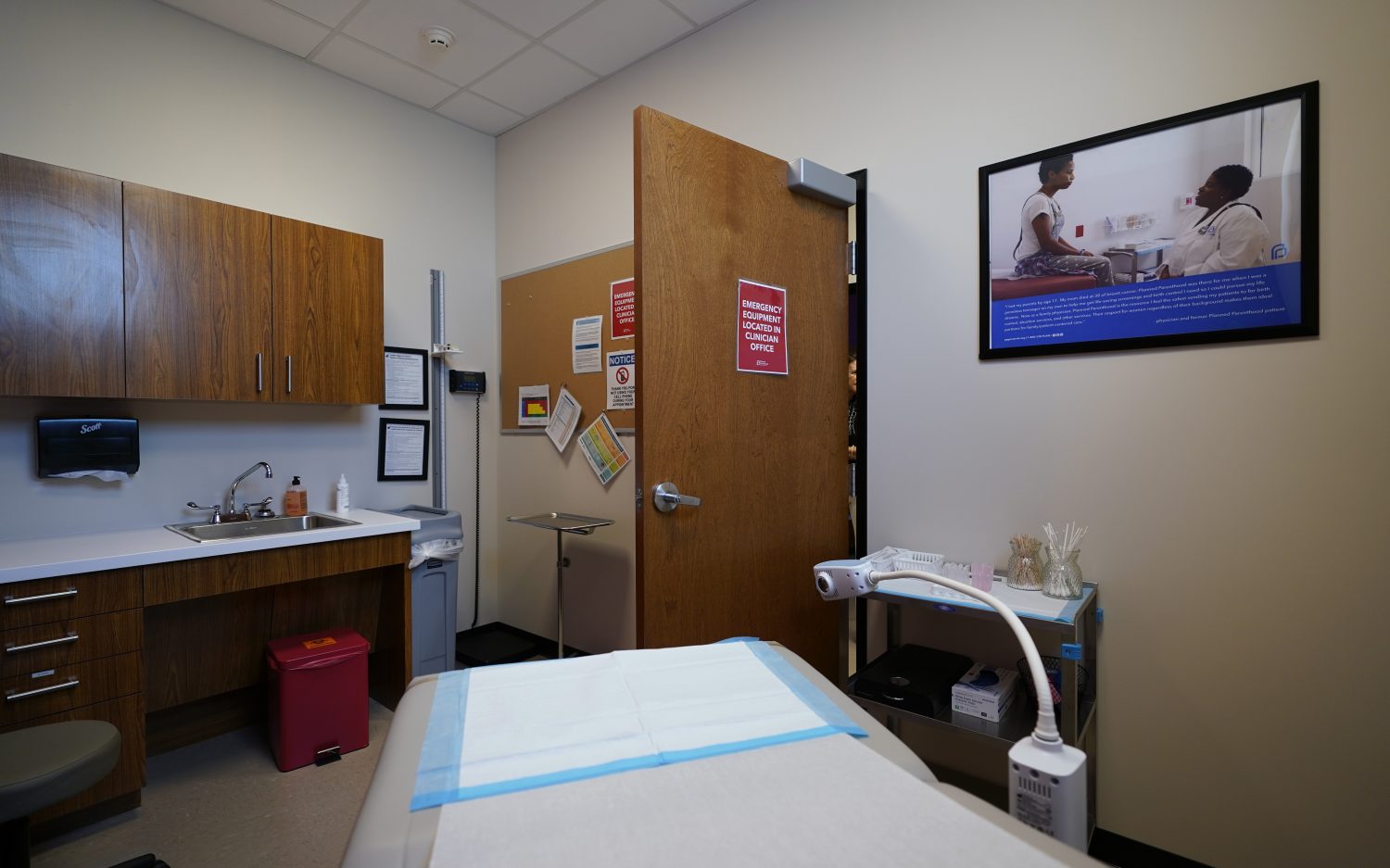NASA, European Space Agency split over Mars mission prep
Alexander Gerst may be the face of future international space exploration. The 40-year-old German astronaut, tapped to become the next commander of the International Space Station (ISS) in 2018, is the second European Space Agency (ESA) astronaut to take charge of the 16-year-old spacecraft, reflecting Europe’s growing interest and prominence in space.
But the gap between NASA’s plan to end ISS operations in 2024 and begin manned missions to Mars in the mid-2030s has exposed differences between European and American visions for near-term international space exploration. NASA wants to conduct manned missions in lunar orbit in preparation for Mars, while the ESA has proposed an international “Moon Village” on the lunar surface.
“Moon Village is a pit stop on the way to Mars,” said ESA Director General Johann-Dietrich Woerner at a recent international symposium on human spaceflight. “It’s good to do something in between, which gives some inspiration. That’s also good.”
Woerner believes a Moon Village based at the unexplored lunar South Pole would not only preserve the current 22-nation ISS partnership but expand it to include spacefaring nations such as China, according to Aviation Week.
“The goal is just to settle on a place that is close enough to be reached by different interests, even independently, then join forces,” Woerner explained.
Although NASA is interested in working in lunar orbit, it doesn’t believe manned bases are necessary.
“I’m not sure you absolutely have to go to the surface of the Moon to do the training and other activities,” William Gerstenmaier, NASA’s associate administrator for human exploration and operations, told Aviation Week. “Being in the vicinity of the Moon is very good from an overall standpoint.”
Gerstenmaier believes astronauts in lunar orbit could work with robots on the Moon’s surface to search cratered regions for the ice necessary to provide oxygen-based fuel for trips to Mars. The lower lunar gravity likely would be more suitable for launching Mars missions, rather than from Earth’s “gravity well,” according to Aviation Week.
Although no concrete plans for a Moon Village exist, increasing ESA budgets hint the Europeans might be able to put together a coalition to pull it off. The ESA’s budget increased by nearly 20 percent this year to $5.96 billion, and the agency is on course to activate Europe’s satellite navigation system, Galileo—a rival to the American GPS, Russian Glonass, and Chinese Beidou systems—this decade.
Gerst thinks the recent Hollywood movie The Martian, about an astronaut stranded on Mars, offers a realistic glimpse of a not-too-distant future. But in the meantime, he believes the ISS remains useful as a test bed for missions to the Red Planet. He also thinks the eventual mission to Mars will be an international effort.
“It is very clear to me that those manned missions to the moon and Mars, human missions, will happen,” he told The Associated Press in an interview at the European Space Agency’s astronaut training center in Cologne, Germany. “But we need the decision as a society. And once we do that we are ready to go, basically.”
The Associated Press contributed to this report.
An actual newsletter worth subscribing to instead of just a collection of links. —Adam
Sign up to receive The Sift email newsletter each weekday morning for the latest headlines from WORLD’s breaking news team.




Please wait while we load the latest comments...
Comments
Please register, subscribe, or log in to comment on this article.